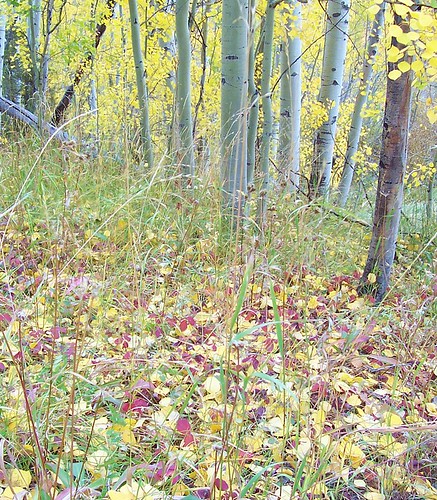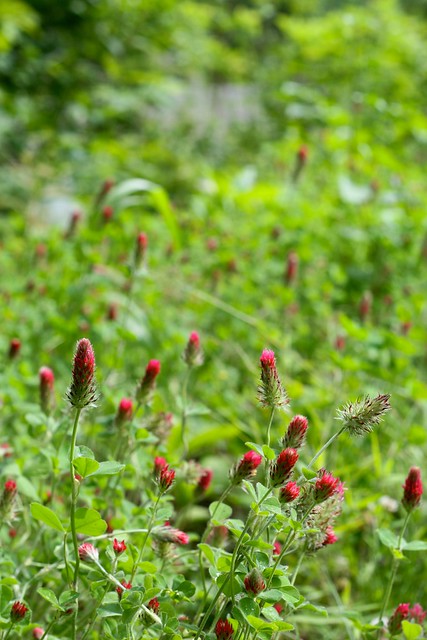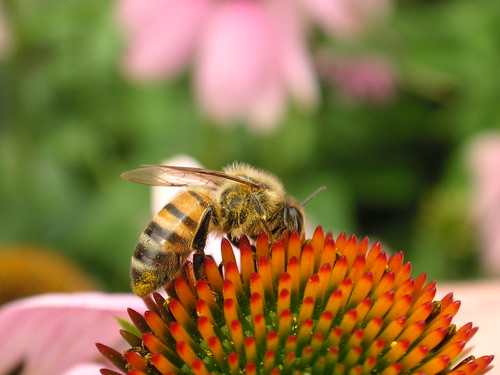
Planet – Jones Valley Urban Farm by Southernpixel
Whether you are switching from conventional gardening, or (like me) just jumping into organic gardening direct, it can be confusing to navigate the new and unfamiliar vocabulary. Knowing your organic gardening terms will help you feel confident when selecting your seeds, planning the garden or reading gardening magazines.
It seems only appropriate to address the meaning of the term ‘organic’ first. What does ‘organic gardening’ really mean?
1. Organic Gardening
Organic gardening is a loosely defined term, which varies between regions and gardeners. The aim of this post is not to define organic certification criteria, but rather to offer laymen some general approaches that most agree on.
Organic gardening implies:
- Plants are grown without applications of any chemical fertilizers, pesticides or fungicides
- Soil is enriched by adding organic matter, preferably from local sources, including composting, mulching, animal or green manure applications (definitions below)
- Plants are often chosen and positioned to mimic their natural habitat
- Watering systems utilise rain water collected locally, or greywater (defined below) from adjacent households
- Nutrients and resources are recycled in an organic garden eco system, which aims to require as little external input as possible
Of course, this list can go on and on…but above are some of the core values of organic gardening.
2. Composting
Success of the garden starts with rich soil, so let’s have a look at organic ways to improve the soil. Composting is one of the quickest and most practical ways to produce organic matter for use in the garden. The term ‘composting’ refers to the practice of collecting vegetable cuttings, peels and other scraps from the kitchen and letting them break down through aerobic (with presence of oxygen) or anaerobic (without oxygen) decomposition process.
3. Humus (in soil)
Humus is organic matter in the soil that has reached a stable point and will not readily break down further. Humus is what gives fertile soil that crumbly structure we strive for. Plants can extract nutrients from humus when other easily accessible resources run out, so it’s can be viewed as a long-term savings account of fertility.
4. Tilling
Tilling is the process of turning and lifting the soil, or poking holes through it, in the effort to bring oxygen into the soil. Increased oxygen content causes soil organisms to start working double-shifts, everything speeds up and initially plants do grow faster. Sounds great, but there is a catch. Tilling also greatly disturbs root systems and soil microorganism below the surface. This can lead to soil ‘burn out’ through rapid usage of nutrients. Also, tilling delivers oxygen to dormant weed seeds and hence provokes weed growth.
5. Mulch
Mulching is the practice of laying a protective layer of organic matter on top of the soil to prevent water evaporation and to create slow-release fertilisation. Visualise a forest (or look at the image below) and you will notice that the forest floor is covered by fallen branches and leaves. The soil doesn’t like to be bare, and so it is constantly covered by breaking down organic matter. This is what we want to mimic by applying mulch to our gardens.

colourful litter by John Holm
Mulching materials can include wood shavings, straw, shredded paper, even gravel! And it makes the garden look pretty 🙂
6. Cover Crops (also Green Manure)
Cover crops are low, spreading plants that, well, cover the ground. They work similar to mulch by locking moisture in the soil, keeping the ground cool, protecting it from erosion and smothering weeds. Cover crops are planted between and around the main plants, or in areas of the garden that are not being used. When an area with cover crops is ready to be re-planted, the plants can be just cut down and left on the ground to become mulch. Some of the best choices for cover crops are varieties that fix nitrogen into the soil, such as beans, peas, clover, rye and vetch.

Crimson Clover Cover Crop by Susy Morris
7. Companion Planting
Moving on from soil to planting. Companion planting is a practice of placing crops that can help each other grow in close proximity with each other. The classic companion planting trio, called by the Native Americans “Three Sisters”, includes corn, beans and squash. The corn provides support for the beans to grow, while beans fix nitrogen into the soil for corn and squash to use. Squash acts as a ground cover crop, filling the space between the corn stalks, keeping the soil moist and cool and stopping the weeds.
8. Beneficial Insects
Insects are pollinators, and flowers need to be pollinated to bear fruit, so it’s only logical that you would want to attract insects into your garden. What you may not know, is that beneficial insects are also great organic pest control officers! For example, wasps will happily eat those fat green caterpillars (true, I saw it myself), and ladybugs consume aphids. Other beneficial insects include bees, beetles and praying mantises. That’s why it is so important to plant a variety of aromatic colourful flowers to attract beneficial insects.

Bee on echinacea by Beatrice Murch
9. Heirloom Seeds (also Open Pollinated Seeds)
Heirloom seeds come from a plant that has been pollinated by insects, wind or other natural mechanisms (open pollinated) for 50 years of more. By far, the best resource I know for getting heirloom seed is Diggers Club.
10. Greywater
Finally, after all has been planned and planted, it has to be kept alive by watering. Greywater is water produced by household usages, such as laundry, showering or from kitchen sinks. It’s grey, as opposed to black from the toilet, because it’s not drinking-quality water, but it’s perfectly suitable for watering the garden. It even has an added benefit of delivering additional nutrients, such as food bits from the sink, directly to the plants.
Greywater household systems can be as complicated or as simple as you like. Here is a long-ish demonstration:
Happy gardening, everyone!
9 replies on “Top 10 Organic Gardening Terms Every Gardener Should Know”
Great stuff! Organic Gardening is fun and rewarding and may be considered a hobby, talent or both and sometimes it’s just luck.
you have mentioned the best 10 tips for doing organic gardening……….because due to these tips soil fertility remains in constant form……….i have liked it ……….its the best one
I love gardening and making dishes out of its harvest. Good, nutrient rich food can’t be beat.
Maralyn, thank you for your comment!
You have really described lots of information in your blog..Thanks for sharing it..
[…] This post was Twitted by PermaculturedAU […]
Absolutely agree with you! Thank you so much for your input, I love it when readers offer their advice and experience :).
I have found that cover crops are a very inexpensive way to improve the soil in a large area of the garden. They’re not instant as buying a load of compost and manure would be, they do take patience. I have found that they are a wonderful addition to the small home garden since they add beauty, beneficial nectar and pollen for pollinators, and they are a cheap source of green manure.
They are also very helpful in helping to amend difficult soils without as much work as working in compost and manure as well.
[…] This post was mentioned on Twitter by Crystal Bozman and Crystal Bozman, Tatyana. Tatyana said: Top 10 Organic Gardening Terms Every Gardener Should Know – PermaCultured.com.au http://bit.ly/aHKFSz […]